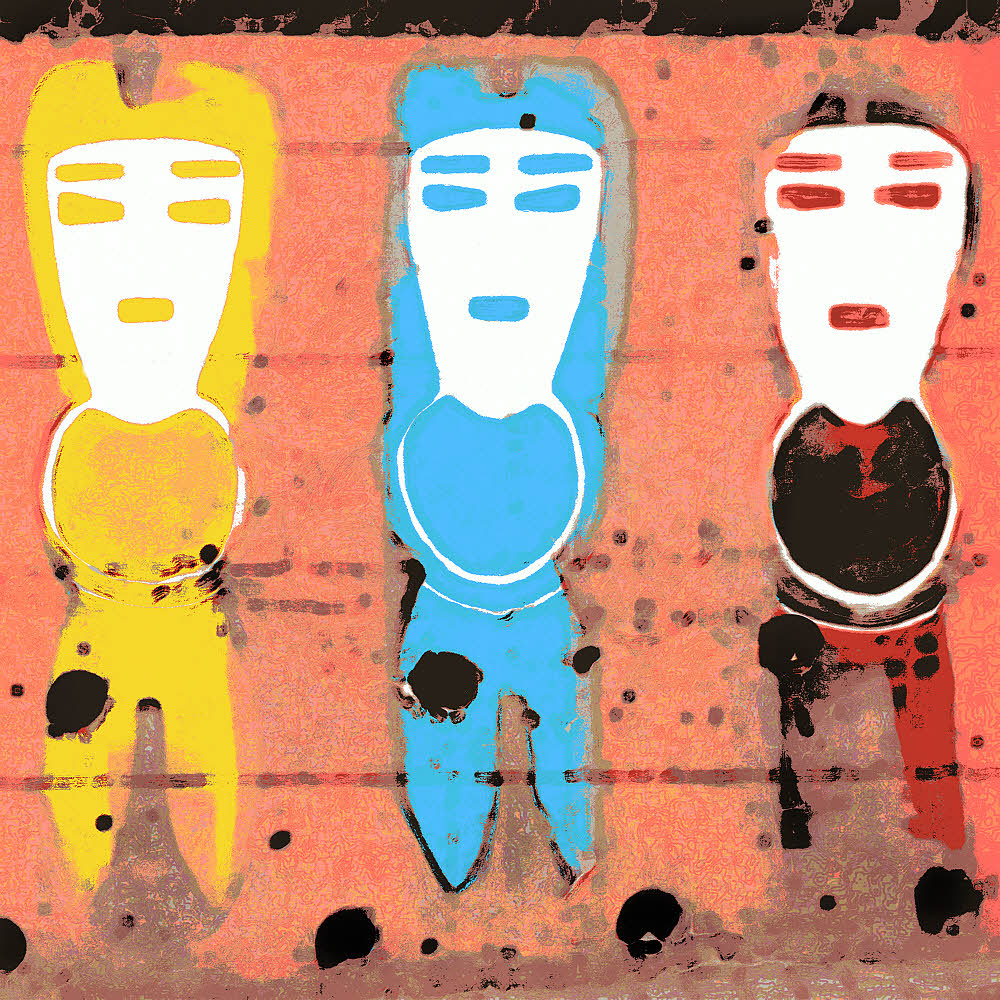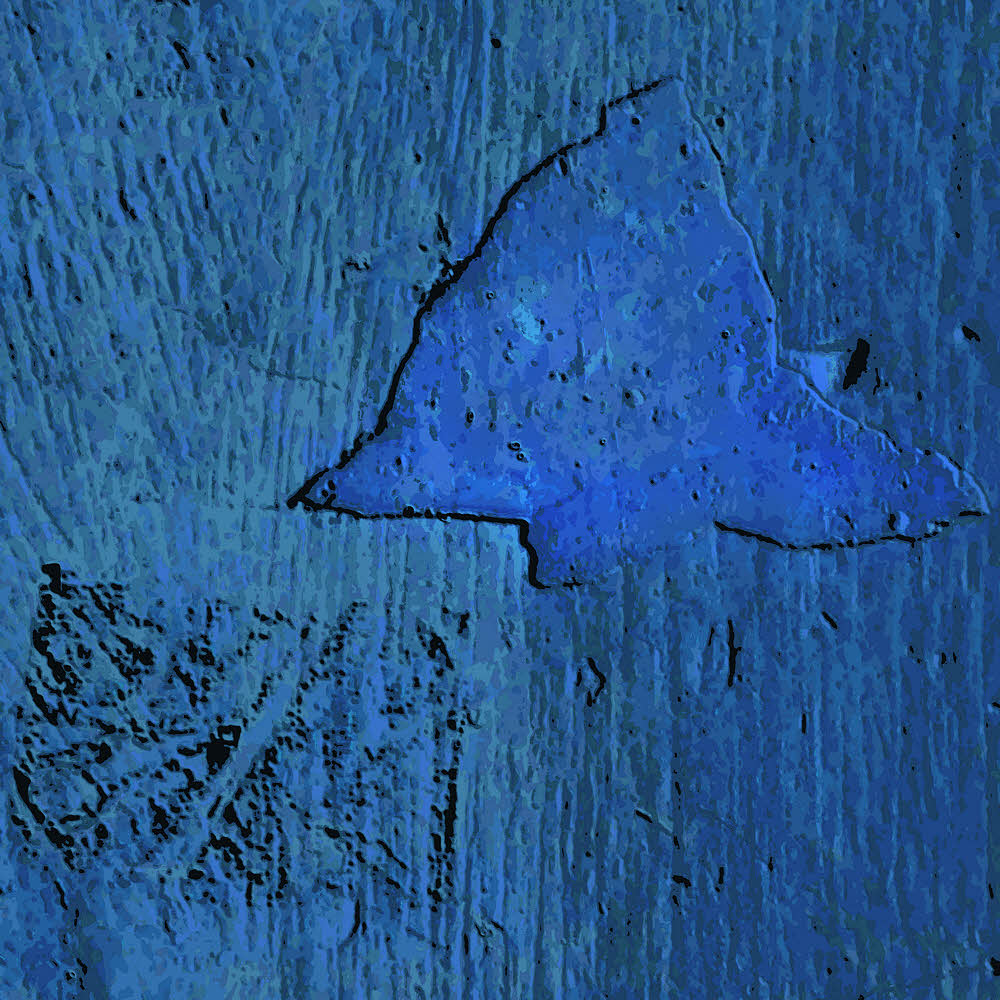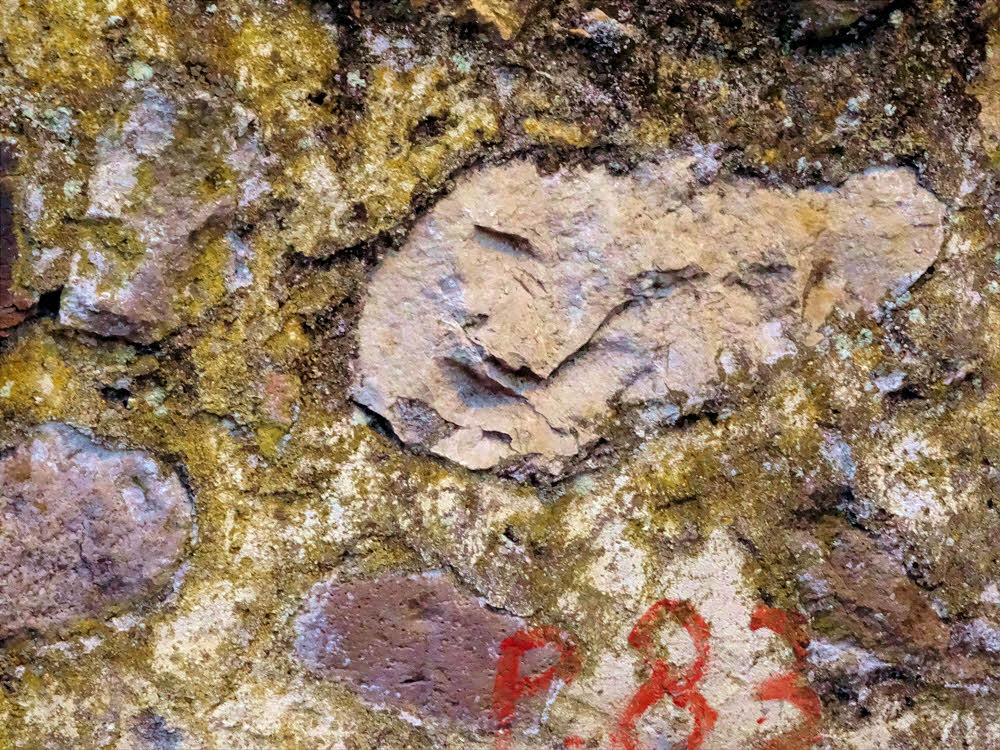
(1) A hip belt on a big fancy pack.
A hip belt with attitude and its own slant on things.
A hip belt that's street wise and savvy to the ways of supporting a heavy load, though it does not necessarily have its own high school diploma.
May be well-contoured but overly stiff. A hip belt like this has to be stiff, because it's carrying all the weight of a heavy pack. No wait — you are. The belt is the mechanism that transfers all the weight of a big heavy pack onto your very own soft tender hips. The hips that belong to you, the hips made of living tissue.
It's true that a canted hip belt, being angled, conforms better to your body and therefore hurts less under laboratory conditions, but you have to keep in mind that less is only less, and isn't the same as not at all.
If your pack has a canted hip belt then it's probably very well made, having been designed by engineers who intended it to be adjustable to fit a wide variety of body types. Like you when you were slim, or now, after you've gained some weight, and also your next door neighbor, who isn't anything like you (at least you hope not), but whom the belt still has to fit, as well as it fits you, which may not be exactly perfectly.
A canted hip belt may flex and move with you like a good dance partner, sweeping across the landscape, keeping time with your every twist and turn, hip and hop, swivel and sway.
But the hip belt is still the point where your fragile body connects to a heavy pack, and canted or not, there's no incantation that can take the weight away.
(2) A hip belt on a pack that you just can't face carrying any more. This is usually because your pack is too heavy, or doesn't seem to taste good any more when you kiss it, or snores thunderously in its sleep, and you canted face it any longer.
Try thinking of good and delicious yummy things like powdered sugar on crispy donuts. Or imagine what life would be like if you had a candied hip belt, or even an entire pack made of ice cream.
Think about Christmas, the fairies, the sugar plums. Try to imagine what a sugar plum might be and what you would do with it in private, if only you had one, and time enough to bend it to your will, and enough privacy so you would not ever, ever have to explain anything you thought of doing, and then did.
But why stop there?
Think about what life would be like if you had a genuine pair of Sparkle Dots Ballet Slippers from the Sugar Plum Princess Boutique.
Or a set of fairy wings. Eh?
Or a shiny, glinting, flashing tiara and matching Hello Kitty kite?
Then there's the Jingle Bells Pastel Tutu that you could wear comfortably in bear country on even the hottest day. Because it's so light, and short, and shows off your legs. And has bells.
Heck, you could spring for a Wholesale Fairy Princess Party Units Business Start Up Kit and get off the damn trail and out from under that horrible old smelly painful pack and spend all day, every day doing fun and gentle girly things like you used to do when you were young and played dress-up with your Mommy, though you'd most likely have to lose the beard.
There are worse things, maybe.
Like the one on your back.
Have a nice day if possible.


